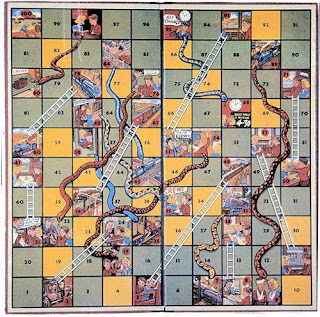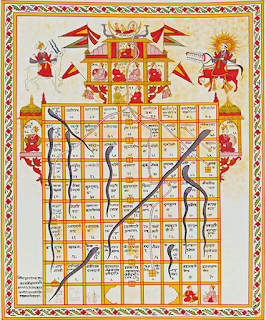 So good night New Day. Just 50 issues. What were the reasons for your failure and what can we learn?
So good night New Day. Just 50 issues. What were the reasons for your failure and what can we learn?The Launch
When the paper was launched back in February it promised to give an "optimistic approach" to news that would be unbiased and was aimed at people who consider themselves "time-poor" and who no longer buy a paper.
Some immediate issues:
"Optimistic approach" - in other words a "good news" newspaper. Repeatedly focus groups/surveys of people who don't read newspapers cite this as a reason for not buying a newspaper. But all attempts to build on this have failed. Good news smells of propaganda. Relentlessly upbeat stories feel phoney. Just like a review section with 100% brilliant reviews.
Unbiased and politically neutral doesn't really work either. Look at the broadcasters: if you are on the left, you accuse the BBC of having a tory bias and if you are on the right vice-versa. On the whole it works better if people can see where you are coming from.
Then the last "aiming at people who don't buy newspapers." This troubles me. The big question is "will they buy this newspaper?" And of course, they didn't. Selling 40,000 at the end.
Other problems
The biggest being distribution. I take a keen interest in Newspaper launches. But I didn't see a copy go New Day anywhere until about a week after the launch. No outlet in Bath stocked it until then, there were no distributors on the streets or by the station on lunch day. No papers left around either to suggest that there might have been. Bottom line, it wasn't easy to buy until it got to 50p.
It was too much like the Metro, which is free everywhere. Didn't have the gravitas of the "I".There was nothing that made it a compelling read.
Some lessons:
I'm sure they had loads of focus groups. I'm sure they did everything right by the book. Research, research, questionnaire and more. I'm sure they also went with their gut - that there was a readership amongst young professional women. But many products have floundered on these as well. Focus groups and surveys only tell you what people have seen, they don't predict the future. People have to find a need for the product - and if they haven't seen a product before they may just tell you what you want to hear.
Secondly, there is an assumption that people will pay for content, where demonstrably that isn't true in a number of areas. People will pay for tangibles, if tangibles add value; but if they are the same as intangibles then you're going to struggle to get money for them. For many people, for many years, newspapers have been a problem rather than a solution. Look at the downsizing from Broadsheet (Daily Telegraph) to Berliner (Guardian) to Tabloid (the rest). All to make reading easier.
Finally, is there a market for even short news articles? Increasingly amongst my students I notice people just reading and reacting to headlines, also they want their normal news from sources they trust.















